Technics
Panasonic National Technics, 3-5-1 Ariake,
Koto-ku, Tokyo,
Japan
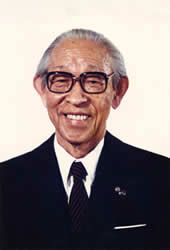 Panasonic was founded in 1918 by Konosuke Matsushita first selling duplex lamp sockets. In 1927, it produced a bicycle lamp, the first product it marketed under the brand name National. It operated factories in Japan and other parts of Asia through the end of World War II, producing electrical components and appliances such as light fixtures, motors, and electric irons.
Panasonic was founded in 1918 by Konosuke Matsushita first selling duplex lamp sockets. In 1927, it produced a bicycle lamp, the first product it marketed under the brand name National. It operated factories in Japan and other parts of Asia through the end of World War II, producing electrical components and appliances such as light fixtures, motors, and electric irons.
In post-war Japan, the company came under severe restrictions imposed on large Japanese companies by the Allies. Matsushita was in danger of removal as president, but was saved by a favorable petition signed by 15,000 employees.
After World War II, Panasonic regrouped and began to supply the post war boom in Japan with radios and appliances, as well as bicycles.
Matsushita's brother-in-law, Toshio Iue founded Sanyo as a subcontractor for components after WWII. Sanyo grew to become a competitor to Panasonic, but the rivalry settled down and Sanyo eventually became a subsidiary of Panasonic in December 2009.
Since 1954, Matsushita also gained a significant share holding in manufacturer JVC by forming an alliance. It still retains a 50% share today.
In 1961, Konosuke Matsushita traveled to the United States and met with American dealers. Panasonic began producing television sets for the U.S. market under the Panasonic brand name. To the left is the RS-1000 reel to reel tape recorder with speakers.
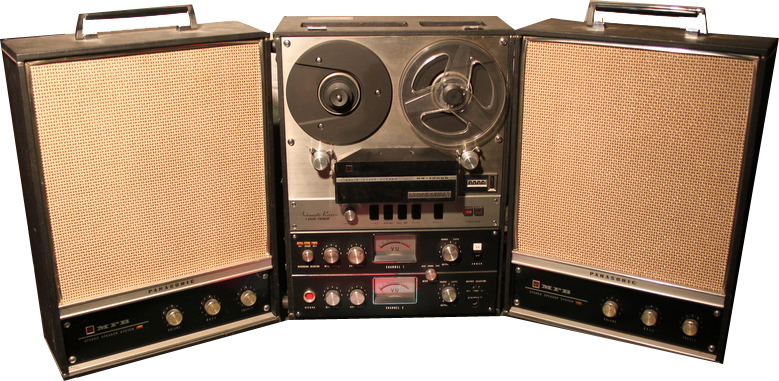 The company used the National trademark outside of North America during the 1950s through the 1970s. The trademark could not be used in the USA, probably because it was already in use by the
The company used the National trademark outside of North America during the 1950s through the 1970s. The trademark could not be used in the USA, probably because it was already in use by the
National Radio Company who were operating in a closely related product area.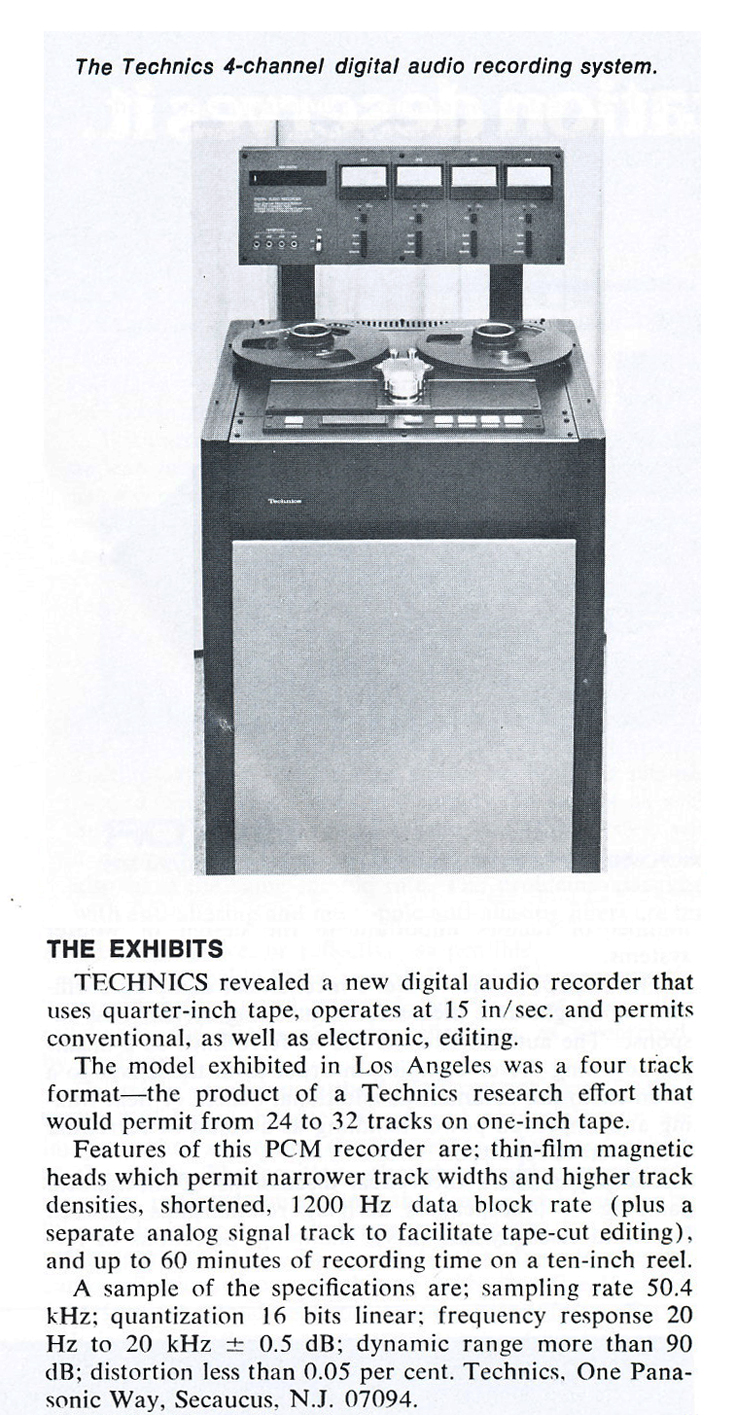
The company debuted a hi-fidelity audio speaker in Japan in 1965 with the brand Technics. This line of high quality stereo components became worldwide favorites.
Matsushita retired in 1973. Chronic lung problems lead to his death from pneumonia on 27 April 1989, at the a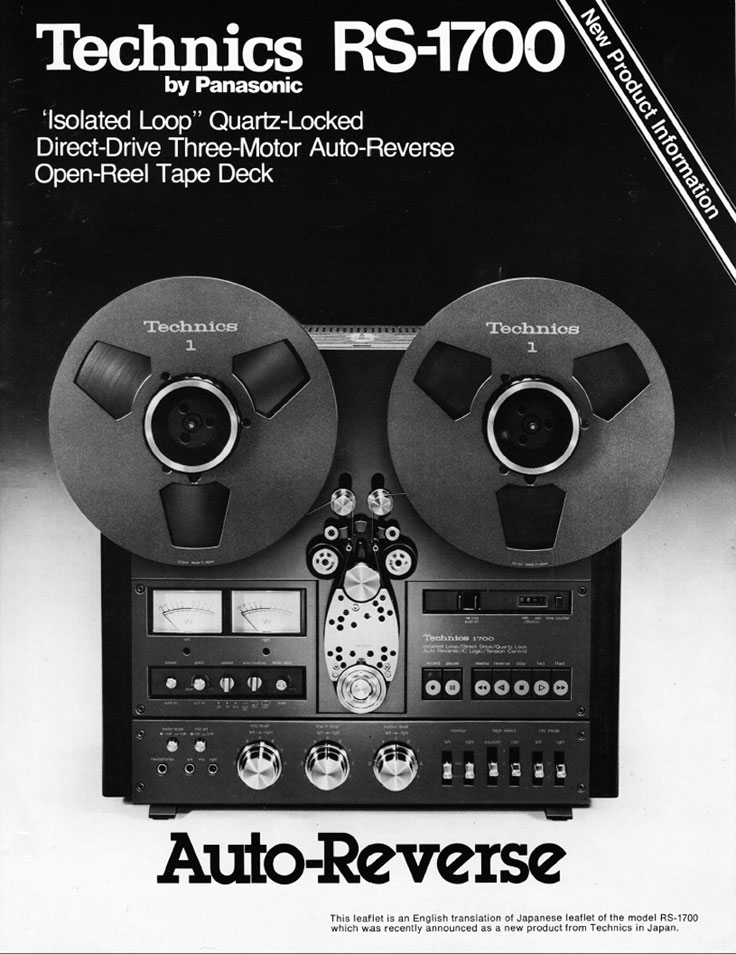 ge of 94. He died with personal assets worth US$3 billion, and left a company with US $42 billion in revenue business.
ge of 94. He died with personal assets worth US$3 billion, and left a company with US $42 billion in revenue business.
The RS-1500 and the other related models (RS-1506, RS-1520 and RS-1700) of reel tape recorders were built from 1976-1985.
Panasonic has a good section on the internet about their history. However like many of the other companies, there is no mention of their Panasonic reel to reel production, nor their Technics "RS" line of closed loop reel tape recorders.
Cassettes & VCRs are mentioned but no R2R.
Below is the Technics RS-1700 in the Reel2ReelTexas.com vintage reel tape recorder recording collection
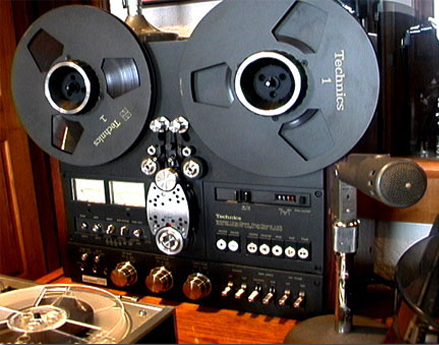



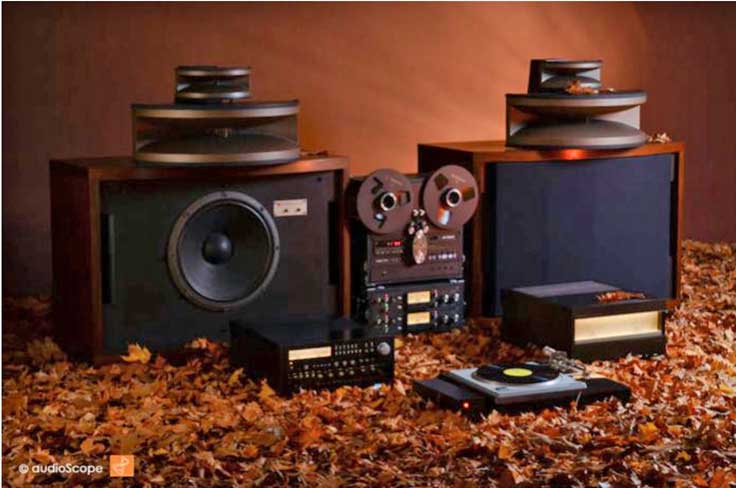
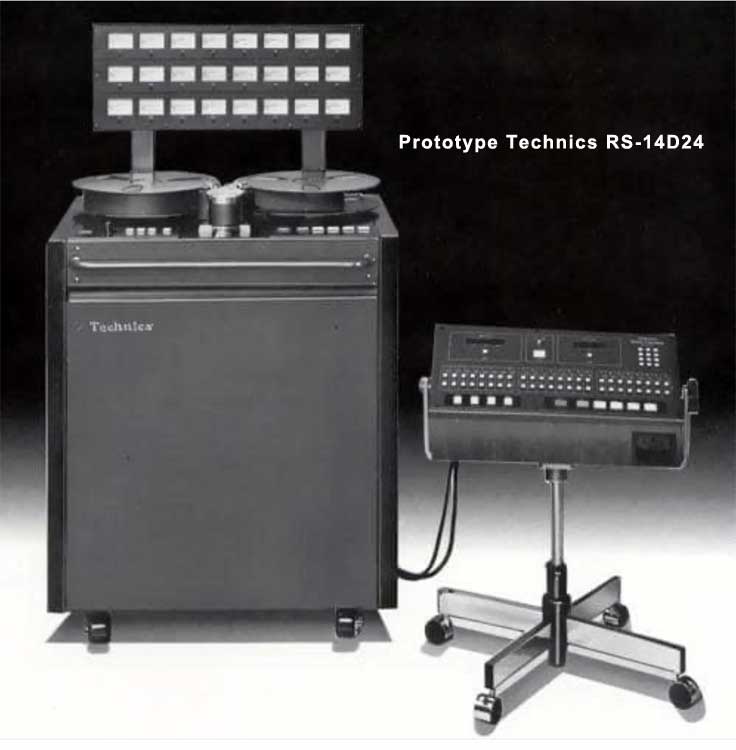
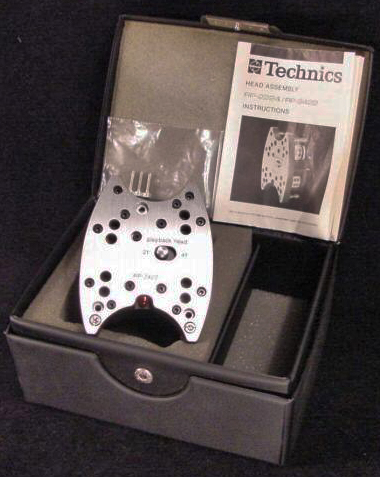
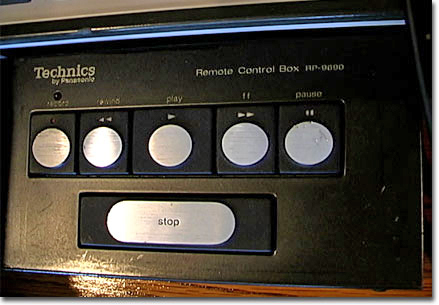
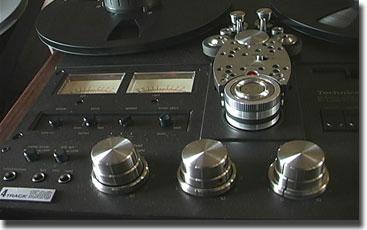
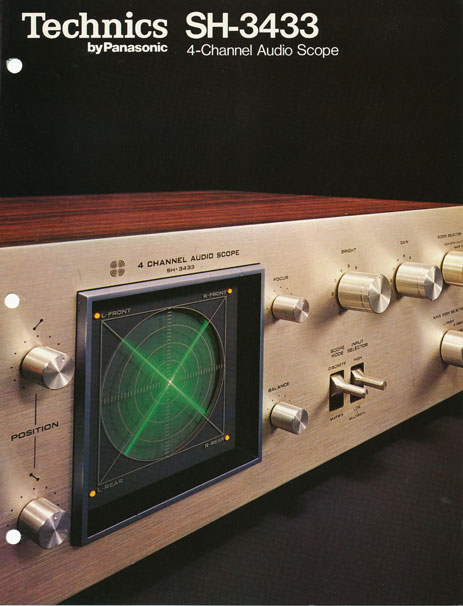
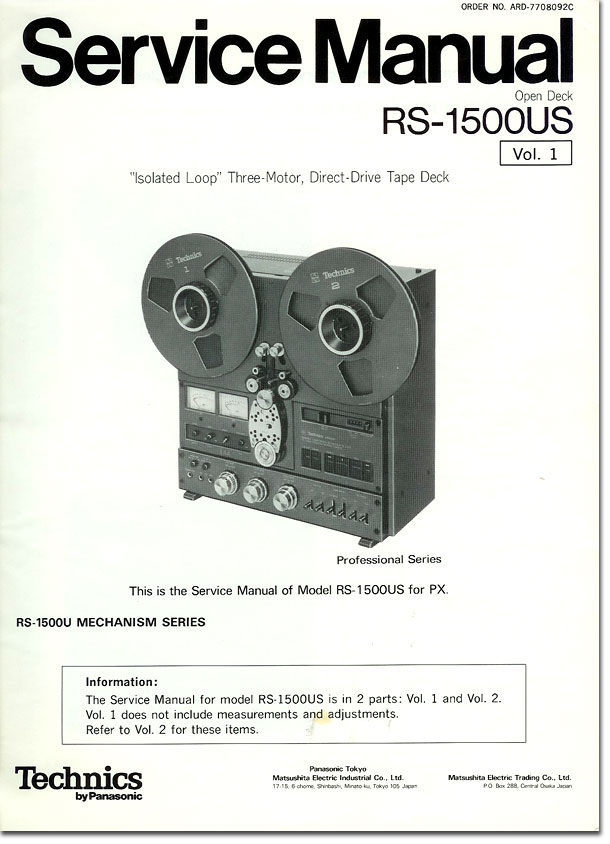
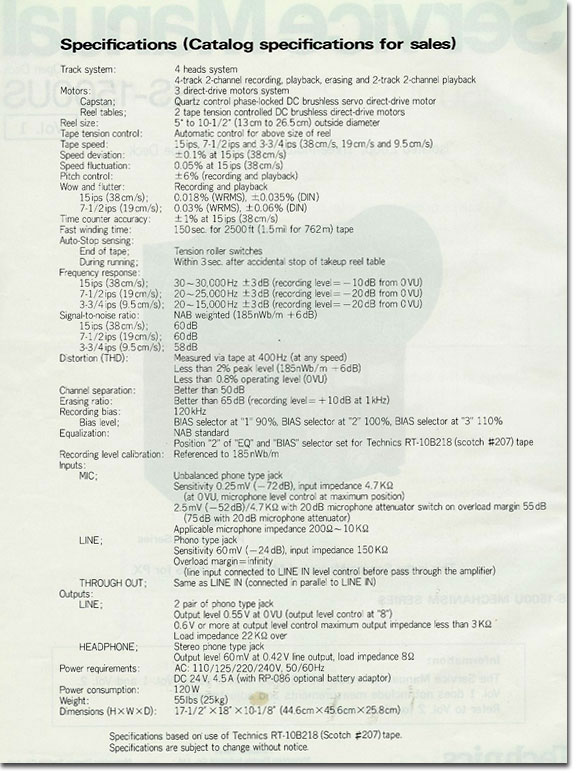
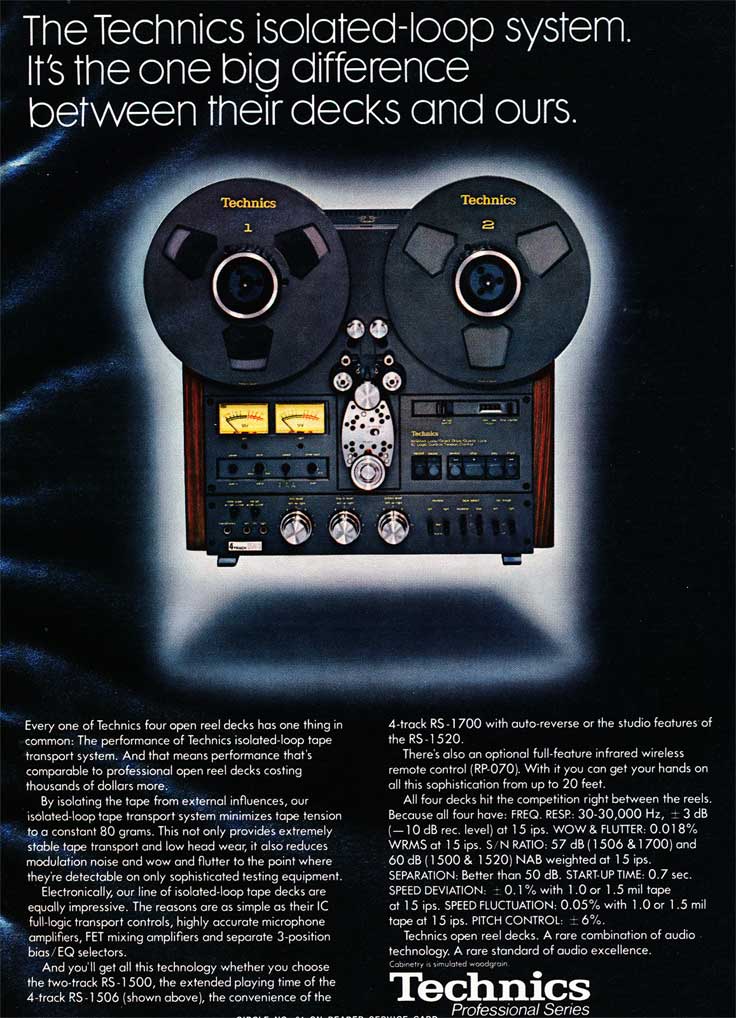
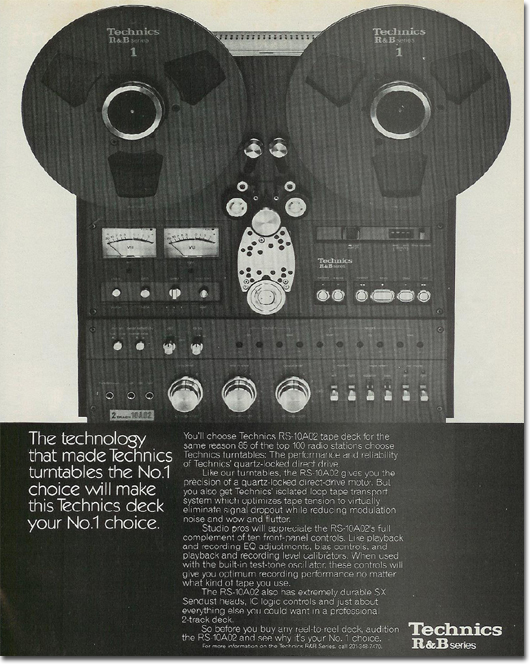
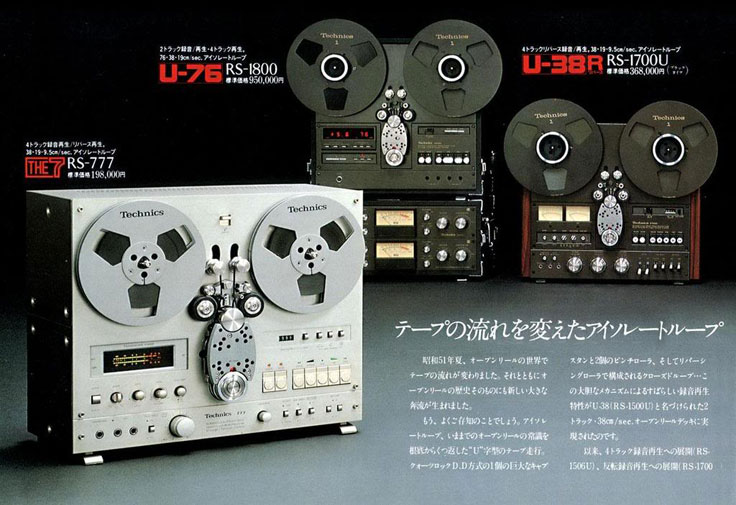
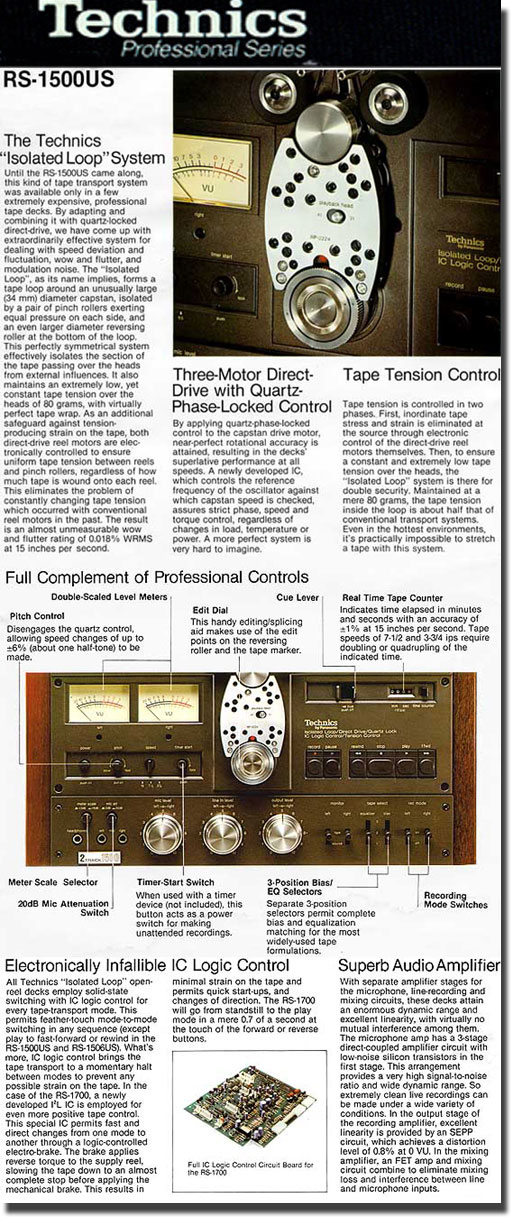

Technics RS-1800 - Legendary “Isolated Loop" 3-Motor Direct-Drive Open-Reel Tape Deck with Quartz-Synthesizer Pitch Control. The RS-1800 has basically the same high-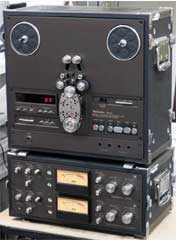 level professional performance capability as the other models of this series, but with several additional features to enhance the "Isolated Loop" construction. Foremost of these perhaps is the quartz synthesizer pitch control with digital display of rated speed and actual selected deviation. The digital display also shows, using microcomputer technology, elapsed time in hours, minutes, seconds. The 76 cm/s tape speed means that fidelity is better than ever. Bias and equalization can be adjusted automatically, or manually if desired. Microcomputer "Memory" function (of time setting) for automatic position location convenience. Other features: "Auto-Play", "Auto-Repeat" and SX head assembly. Separate amplifier unit for mounting flexibility. Transport unit weight: 36kg, amplifier unit: 16.6kg.
level professional performance capability as the other models of this series, but with several additional features to enhance the "Isolated Loop" construction. Foremost of these perhaps is the quartz synthesizer pitch control with digital display of rated speed and actual selected deviation. The digital display also shows, using microcomputer technology, elapsed time in hours, minutes, seconds. The 76 cm/s tape speed means that fidelity is better than ever. Bias and equalization can be adjusted automatically, or manually if desired. Microcomputer "Memory" function (of time setting) for automatic position location convenience. Other features: "Auto-Play", "Auto-Repeat" and SX head assembly. Separate amplifier unit for mounting flexibility. Transport unit weight: 36kg, amplifier unit: 16.6kg.
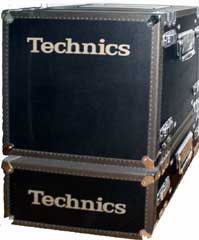 FEATURES: 4-HEAD SYSTEM (3 SX for 2-track rec, 2-track repro, 4-track repro); 1 double-gap ferrit for erasing. OPTIONAL HEAD ASSEMBLY: RP-2422 (2-channel, 4-track rec/repro & 2-track repro); RP-2224 (2-channel, 2-track rec/repro & 4-track repro). CAPSTAN DRIVE: Quartz-phase-locked control DC brushless servo direct-drive motor. REEL DRIVE: 2 tape tension controlled DC brushless direct-drive motor. ERASE DEPTH: >70 dB/ 1 kHz. OPERATING LEVEL (OVU): 185 nWb/m.
FEATURES: 4-HEAD SYSTEM (3 SX for 2-track rec, 2-track repro, 4-track repro); 1 double-gap ferrit for erasing. OPTIONAL HEAD ASSEMBLY: RP-2422 (2-channel, 4-track rec/repro & 2-track repro); RP-2224 (2-channel, 2-track rec/repro & 4-track repro). CAPSTAN DRIVE: Quartz-phase-locked control DC brushless servo direct-drive motor. REEL DRIVE: 2 tape tension controlled DC brushless direct-drive motor. ERASE DEPTH: >70 dB/ 1 kHz. OPERATING LEVEL (OVU): 185 nWb/m.
SPECIFICATIONS FOR TAPE SPEED 30 ips (76 cm/s): Wow & Flutter (rec/repro) 0.01 % (JIS weighted RMS), ±0.025 % (DIN weighted Peak), 0.02 % (NAB unweighted RMS); Frequency Response (rec/repro) 30~35,000 Hz -10dB (40~25,000 Hz ±2 dB); Signal-to Noise Ratio 69 dB (650nWb/m), 64 dB (370nWb/m); Total Harmonic Distortion (400 Hz, rec/repro, all speeds) <0.8 % at 185 nWb/m (OVU); <2 % at 370 nWb/m (+6 dB). From ClassicAudio.com



